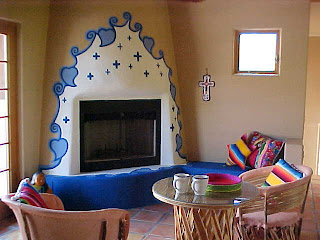To see the full line of Simply Amish Furniture, download the online catalogue at www.simplyamish.com
Amish in the City.
The Simply Amish story begins in the 1970s, an era when bellbottoms and short shorts could be spotted just about everywhere. Except in good Amish homes where, ironically, the children were finally thanking their parents for not letting them dress like everybody else. Across the nation, a new age of convenience had arrived. Microwave ovens were becoming commonplace. And fashion-forward housewives were ordering the latest kitchen appliances in a wide range of deceptively tasteful sounding colors, like Avocado Green and Harvest Gold. But in a time of amazing change and progress, no one in the city could pick up a beautiful piece of Amish furniture without a long trip to the country. Until a couple of guys from the country came up with a novel idea.
It all started in 1979, when Kevin Kauffman and his brothers joined their dad, learning the finer points of furniture construction on the family farm. Putting his experience to good use, Kevin soon joined forces with his uncle, John Mast, to start a company that would pursue a much larger vision. Together, the two partners eventually linked an entire network of traditional Amish workshops with a modern distribution system. And furniture lovers everywhere rejoiced. Joined later by John's brother, Butch, and a fourth partner, Kent Patterson, they soon found their stride, transforming an innovative furniture distribution system into a great American brand. And Simply Amish was born.
By handling orders and warehousing finished products, Simply Amish solved two problems. It gave the outside world instant access to the work of skilled Amish craftsmen, and it allowed the Amish to work undisturbed, making beautiful solid wood furniture. Built to order. And made to last.
The Tradition Continues.
Today, Simply Amish furniture is still made by authentic Amish craftsmen, working on more than 50 family farms scattered throughout the heartland of America. Most are small family shops with only four or five craftsmen, while some shops might employ as many as 30 skilled workers. But regardless of the size, tradition still dictates the construction of every design. Each piece of lumber is still cut, shaped, sanded and stained by seasoned hands, using a keen eye to eliminate any imperfections and bring out the natural beauty of rich maple, solid oak and other select hardwoods.






